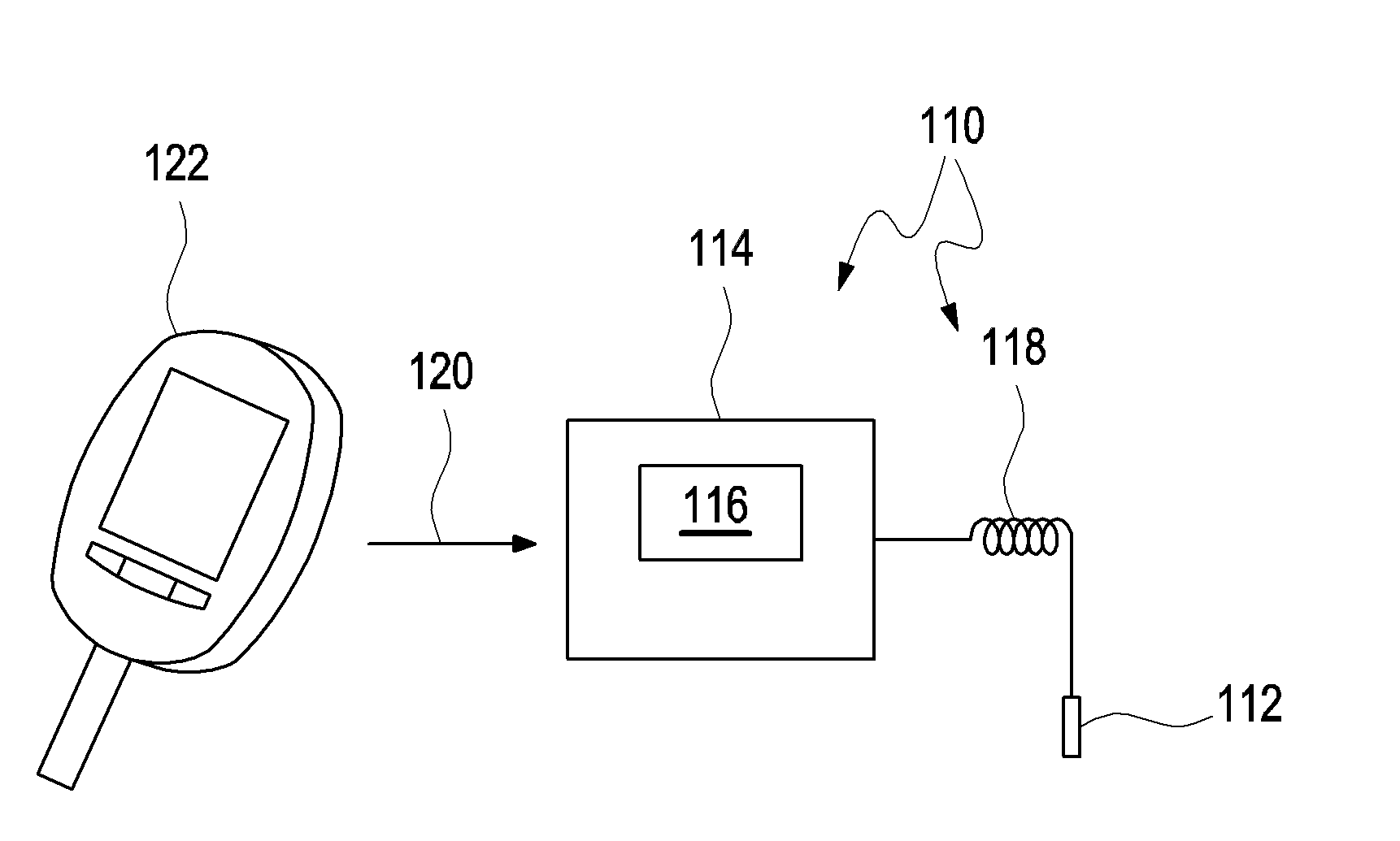Calibration method for the prospective calibration of measuring equipment
a technology of prospective calibration and measuring equipment, applied in the field of prospective calibration of measuring equipment, can solve the problems of multiplicity of disadvantages and technical challenges, inability to handle the multiplicity of data in the case of real measurements, and general meaning of measurement signals
- Summary
- Abstract
- Description
- Claims
- Application Information
AI Technical Summary
Benefits of technology
Problems solved by technology
Method used
Image
Examples
Embodiment Construction
[0085]The embodiments described below are not intended to be exhaustive or to limit the invention to the precise forms disclosed in the following detailed description. Rather, the embodiments are chosen and described so that others skilled in the art may appreciate and understand the principles and practices of the present invention.
[0086]In the following text, FIGS. 1A to 5 should be used to illustrate exemplary embodiments of a method and of measuring equipment 110, for detecting at least one analyte in a bodily fluid. FIG. 5 schematically illustrates an exemplary embodiment of such measuring equipment 110. In this case, the measuring equipment is measuring equipment for continuous blood glucose monitoring by means of a continuously measuring blood glucose sensor 112. By way of example, this continuously measuring sensor can be implanted into interstitial tissue of a user and remain there over a period of time of, e.g., a number of days. The measuring equipment 110 furthermore com...
PUM
| Property | Measurement | Unit |
|---|---|---|
| concentration | aaaaa | aaaaa |
| current | aaaaa | aaaaa |
| time threshold | aaaaa | aaaaa |
Abstract
Description
Claims
Application Information
 Login to View More
Login to View More - R&D
- Intellectual Property
- Life Sciences
- Materials
- Tech Scout
- Unparalleled Data Quality
- Higher Quality Content
- 60% Fewer Hallucinations
Browse by: Latest US Patents, China's latest patents, Technical Efficacy Thesaurus, Application Domain, Technology Topic, Popular Technical Reports.
© 2025 PatSnap. All rights reserved.Legal|Privacy policy|Modern Slavery Act Transparency Statement|Sitemap|About US| Contact US: help@patsnap.com



